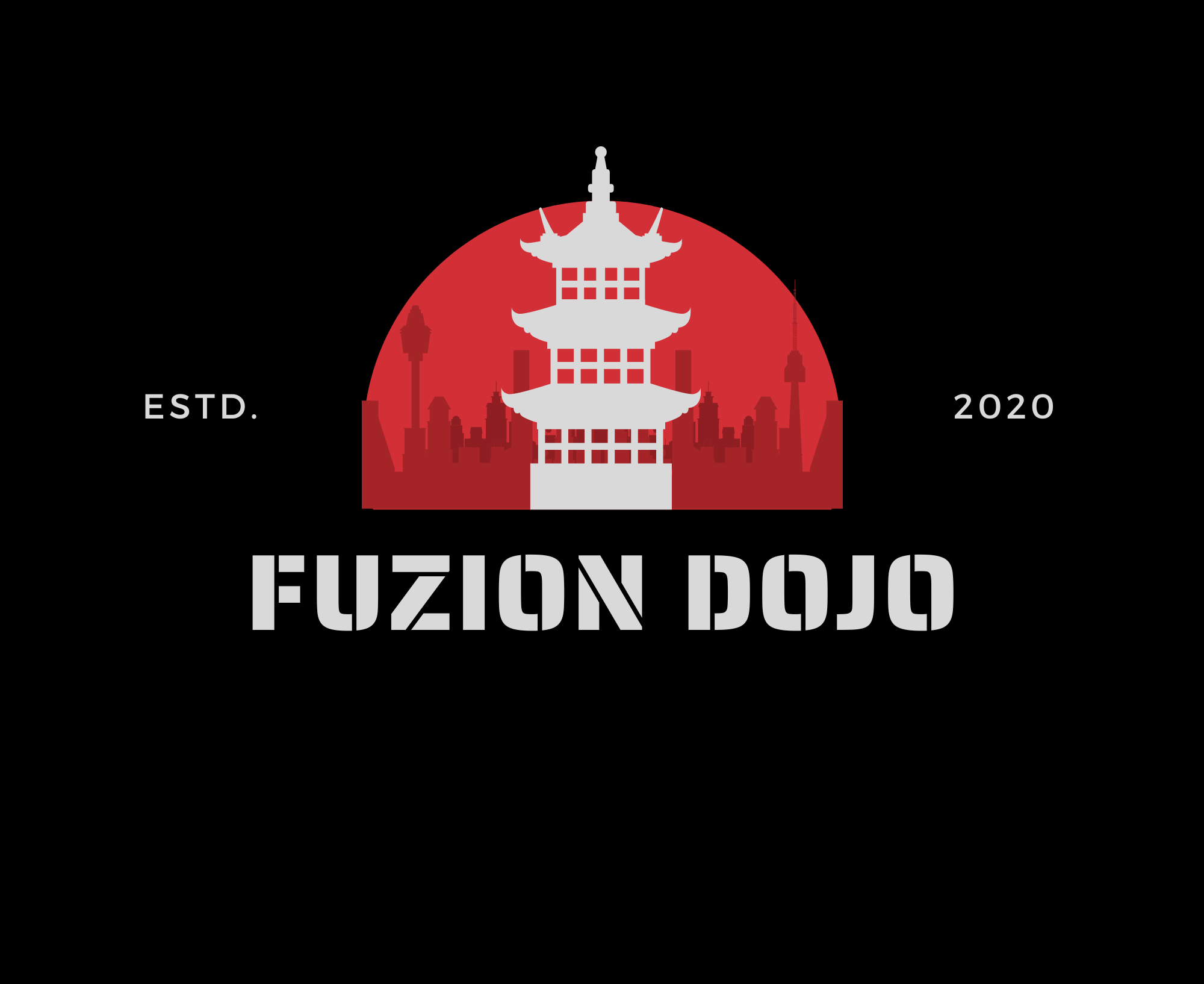
- 624
When it comes to martial arts, physical fitness is crucial. Whether you are a professional fighter or a casual enthusiast, optimizing your performance can make all the difference in the ring.
The world of martial arts and combat sports has seen a surge in popularity in recent years, with MMA (Mixed Martial Arts) leading the way. As the sport continues to grow, so does the demand for effective fitness regimens that can enhance performance, prevent injuries, and improve overall health.
In this blog, we will explore the ultimate fitness regimens for martial artists, from strength and conditioning exercises to flexibility training and nutrition tips. Whether you are a beginner or a seasoned fighter, this guide will help you take your skills to the next level and achieve peak performance in the world of martial arts.
The importance of performance optimization for martial artists
Ensuring optimal performance is essential for martial artists, regardless of their skill level or goals. By focusing on performance optimization, martial artists can enhance their overall abilities, gain a competitive edge, and reduce the risk of injuries.
Performance optimization involves various aspects, such as building strength, increasing endurance, improving flexibility, and sharpening mental focus. These components work together to maximize a fighter’s potential and enable them to excel in their chosen discipline.
Strength and conditioning exercises are crucial for generating power and explosiveness in striking techniques, while also improving overall stamina. Flexibility training helps fighters achieve a wider range of motion, enhancing their fluidity and reducing the likelihood of muscle strains or tears.
Additionally, mental focus and resilience play a vital role in martial arts. Developing a strong mindset helps fighters stay calm under pressure, think strategically, and react effectively to any situation they may encounter during a fight.
Key components of an effective fitness regimen
To optimize your performance as a martial artist, it is crucial to have an effective fitness regimen in place. This regimen should address the key components that are essential for success in martial arts – strength, endurance, flexibility, and mental focus. Let’s explore each of these components in detail:
- Strength training: Incorporate exercises that target the major muscle groups used in martial arts, such as the legs, core, and upper body. Focus on compound movements like squats, deadlifts, and push-ups to build overall strength and power.
- Endurance training: Engage in cardiovascular exercises like running, skipping, or cycling to improve your stamina and endurance. Interval training, which involves alternating between periods of high-intensity exercise and rest, is particularly effective for martial artists.
- Flexibility training: Perform dynamic stretches to warm up before training sessions, and include static stretches to improve your flexibility over time. Flexibility exercises like leg swings, hip rotations, and shoulder stretches will help you achieve a wider range of motion and prevent injuries.
- Mental focus training: Incorporate mindfulness or meditation techniques into your routine to enhance mental clarity and focus. Practice visualizing successful techniques and strategies to improve your mental strength during fights.
Tailoring your workouts to specific martial arts disciplines
While the key components mentioned in the previous section are essential for all martial artists, it is important to understand that each discipline has its own unique demands. To truly optimize your performance, it is crucial to tailor your workouts to the specific requirements of your martial arts discipline.
For example, if you practice Brazilian Jiu-Jitsu, you may want to focus on developing core strength and flexibility, as well as endurance for long sparring sessions on the ground. On the other hand, if you practice Muay Thai, you may need to prioritize explosive power in your strikes, along with excellent cardiovascular conditioning for the intense pace of the sport.
By understanding the specific physical demands of your martial arts discipline, you can design your workouts accordingly to target those areas. This will not only enhance your performance but also help you prevent injuries that are common in your particular discipline.
In the next section, we will delve into different training techniques and exercises that are specifically tailored to popular martial arts disciplines. Stay tuned to learn how you can further optimize your performance by tailoring your workouts to your chosen discipline!
Incorporating strength training for increased power and endurance
In order to optimize your performance as a martial artist, it is crucial to incorporate strength training into your fitness regimen. Strength training not only helps you develop power for striking and grapples, but it also enhances your endurance, allowing you to go the distance during intense training sessions.
There are various strength training techniques and exercises that can benefit different martial arts disciplines. For example, weightlifting exercises like deadlifts and squats can improve your overall strength and power, while plyometric exercises like box jumps can enhance explosive power needed for striking.
In addition to traditional strength training, bodyweight exercises such as push-ups, pull-ups, and planks are also effective for developing core strength and stability.
It is important to note that when incorporating strength training into your routine, it should be done in a balanced and controlled manner, focusing on proper form and technique. Consult with a professional trainer or coach who can guide you in designing a strength training program that is tailored to your specific martial arts discipline.
The role of cardiovascular exercises for improved stamina
Cardiovascular conditioning plays a vital role in optimizing performance for martial artists. It improves stamina, allowing you to sustain high-intensity movements for longer periods without tiring out. Whether you’re training in Brazilian Jiu-Jitsu, Muay Thai, or any other martial arts discipline, having a well-conditioned cardiovascular system can give you a significant edge in the ring.
There are various exercises that can help improve your cardiovascular fitness. Running, cycling, and swimming are popular choices that effectively target the heart and lungs, boosting endurance levels. High-intensity interval training (HIIT) is another effective approach, combining short bursts of intense exercise with brief recovery periods to maximize cardiovascular benefits.
Aside from enhancing your stamina, cardiovascular conditioning also improves your overall health and reduces the risk of heart disease, obesity, and other health complications.
The benefits of flexibility and mobility training
Flexibility and mobility training are crucial components of optimizing performance for martial artists. They help enhance your range of motion, allowing you to move more efficiently and effectively during training and fights. Improved flexibility also lowers the risk of injuries, as it enables your joints and muscles to move through their full range without strain or resistance.
Incorporating exercises such as dynamic stretching, static stretching, yoga, and foam rolling into your fitness regimen can significantly improve your flexibility and mobility. These exercises not only increase flexibility in specific muscle groups but also improve overall muscle control and coordination.
Flexibility and mobility training also have positive effects on your martial arts techniques. Whether it’s executing high kicks in Taekwondo or performing intricate grappling movements in Brazilian Jiu-Jitsu, being flexible and mobile allows you to execute techniques with precision and ease.
Recovery and rest: an essential part of the equation
In the world of martial arts, it’s not just about pushing your body to the limit during training and fights. It’s equally important to give your body the time it needs to recover and rest.
Recovery and rest play a crucial role in optimizing performance for martial artists. When you engage in intense physical activity, your muscles experience micro-tears, and your body becomes fatigued. Taking adequate time to rest allows these micro-tears to heal and your muscles to rebuild, making them stronger and more resilient.
In addition to physical recovery, mental rest is also vital. Martial arts require focus, concentration, and quick thinking. By allowing yourself time to rest, you recharge your mental energy, leading to improved cognitive function and overall performance.
So, make sure to include proper recovery and rest days in your fitness regimen. Your body and mind will thank you for it, and you’ll reap the benefits in your martial arts journey.
Monitoring progress and adjusting the regimen as needed
To truly optimize your performance as a martial artist, it is essential to monitor your progress and make adjustments to your fitness regimen as needed. This step ensures that you are continuously challenging yourself and making progress towards your goals.
One effective way to monitor progress is to keep a training journal. In this journal, you can track your workouts, including the exercises, sets, and repetitions performed, as well as the intensity and duration of your training sessions. This information allows you to assess your progress over time and identify areas for improvement.
Additionally, regularly assessing your performance through various fitness assessments and tests can provide valuable insights into your strengths and weaknesses. This information can guide you in making targeted adjustments to your training program to address any shortcomings.
Remember, what works for one martial artist may not work for another. By monitoring your progress and adjusting your regimen accordingly, you can tailor your training to meet your specific needs and continue to push yourself towards peak performance.
